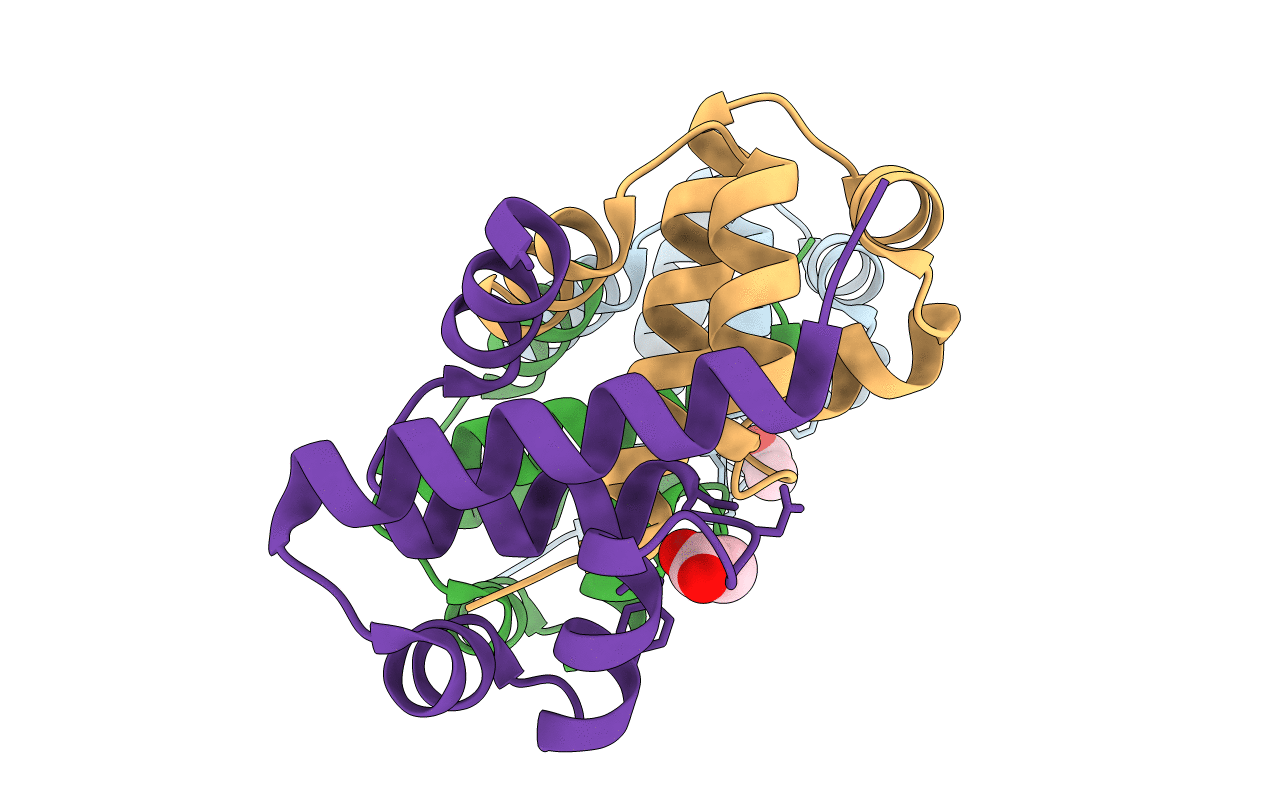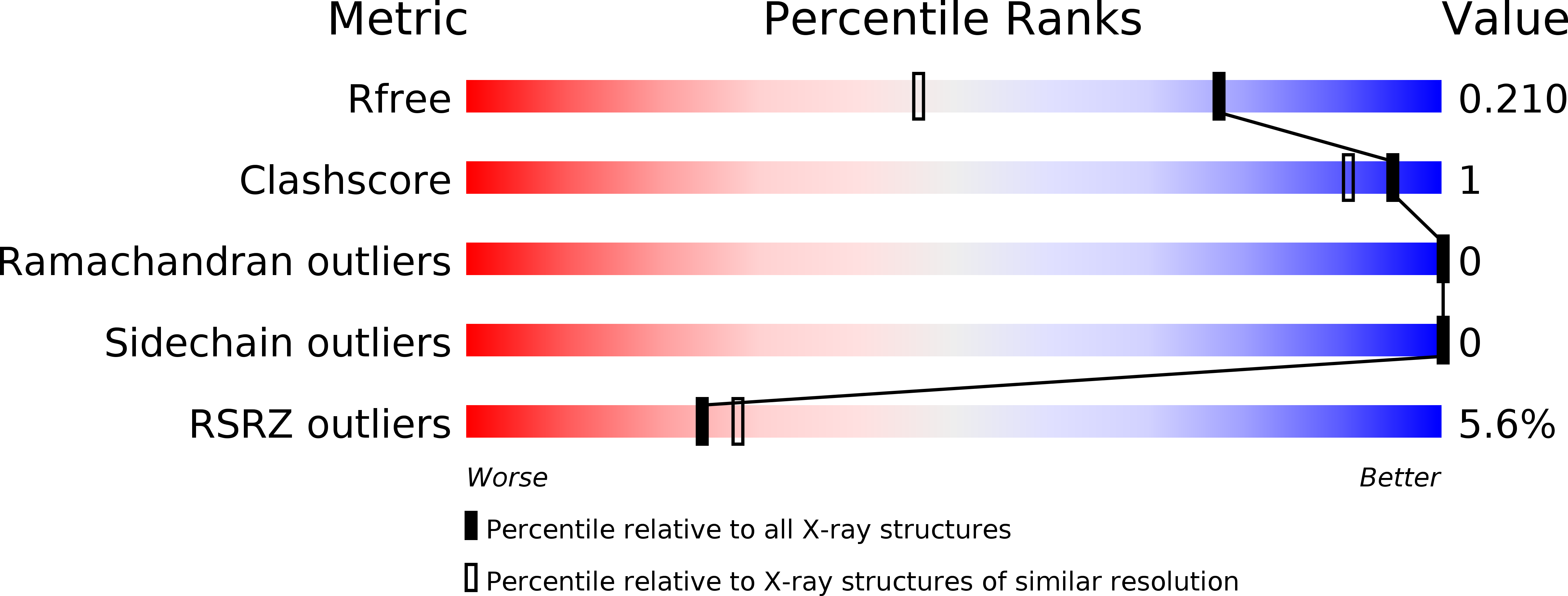
Deposition Date
2005-09-28
Release Date
2006-01-03
Last Version Date
2024-02-14
Entry Detail
PDB ID:
2B5A
Keywords:
Title:
C.BclI, Control Element of the BclI Restriction-Modification System
Biological Source:
Source Organism:
Bacillus caldolyticus (Taxon ID: 1394)
Host Organism:
Method Details:
Experimental Method:
Resolution:
1.54 Å
R-Value Free:
0.20
R-Value Work:
0.16
R-Value Observed:
0.16
Space Group:
P 21 21 2


